People often have places to go, and important things to do there. Often they drive to those places.
Animals often have places to go, and important things to do. While some animals find a nice place and stay there, other animals need to travel for business.
They might need to go where the grass won’t be covered with deep snow. They might wish to meet other animals who are interested in meeting other animals, if you know what we mean. They might want to go where mosquitoes aren’t. They might like to go somewhere safe for their children. Or somewhere to find and eat other animals’ children.
When animals have places to go, they almost never drive to those places. But they might cross the road.
(Not talking about chickens.)
Many many animals are killed by cars when crossing roads. When animals are big, people can also be killed in these collisions. About 200 people a year die this way. We can build wildlife crossing structures – special overpasses or underpasses – to minimize this, but some people think that’s silly. One Minnesota Republican legislator said that’s a “phenomenal cost” for what’s just “a fact of life we have to get used to.”
If you don’t care about roadkill and you don’t care if you die, maybe you care about paying for bodywork, towing, missed time at work. (The state pays to haul the carcass. Maybe you care about that.)
Deer-vehicle collisions – DVCs – cost $1.1 billion/year in the U.S. [Patricia Cramer] of the Department of Wildland Resources and Utah Transportation Center says, “total public cost” per DVC is $17,000. Thus if you spend a million bucks – ONE MILLION DOLLARS – to build a wildlife crossing, it’s paid for after 59 collisions have been avoided.
We’re reminded of Powerglove‘s first tour. The power metal band with a specialty in video game theme covers (motto: “Coming to destroy your childhood!”) was wending from east to southeast to west. The high point of the tour might have been opening for Dragonforce in Portland OR. On the Albuquerque-Denver leg, the van was proceeding through a forest near the NM-CO state border when an elk stepped out onto the road and struck a lordly pose.
The driver, alertly spotting the elk, changed lanes to avoid it. The elk then took a regal step into that lane, just as it was too late to avoid it.
Bad choice. Regal will only take you so far.
The elk was destroyed. The van was destroyed. The members of Powerglove survived. They had to cut the tour short. How much better if there had been an overcrossing on which elk could travel and vogue without danger to van nor beast!
We thought this happened in Colorado, and we suspected it might have been in Grand County, where Highway 9 was infamous for cars smashing into animals. Deer. Elk. BEARS. Also people got killed. Until they built some underpasses and overpasses for wildlife, as well as fences to funnel them toward those crossings. Collisions went down dramatically. Turns out it was in New Mexico, and now we suspect the Raton Pass part of Highway 25, also infamous for dangerous wildlife collisions. New Mexico is studying wildlife crossings in some areas, and has built successful underpasses on Interstate 40
In Nevada, their first wildlife crossing project was in Elko County, along Highway 93. In migration season, a large herd of mule deer needs to cross there. The Nevada Department of Wildlife and Department of transportation, with funding from U.S. Fish & Wildlife, put in three underpasses and two overpasses.
Not everyone thought this was smart. Like the Minnesota legislator quoted above, a lot of people thought this was a huge waste of money on a trivial problem. What are we, a bunch of bunnyhugging billionaire boy scouts helping Bambi cross the street? Also, come on, that won’t even work.
In fact, it hugely reduced animal-vehicle collisions in the area. Mule deer migrated across Highway 93 without getting killed or killing anybody. In some cases, you could see it happening.
Game biologist Kari Huebner said “There were some who thought this was a waste of money at first – just a silly idea…. I had one guy call me and apologize because he was traveling north on 93 one day and a group of 200 deer went over his head as he drove underneath the overpass. He didn’t realize how much safer our roads would be.”
SorryWatch admires this guy. When he saw he’d been wrong, he went to the trouble to find one of the people who’d taken heat over the project, and then apologized.
That’s a great apology.
We hope the animals who travel for business didn’t think it was a silly idea before they tried it. If they did, they should also have the good grace to apologize.
But don’t play dead while you wait.
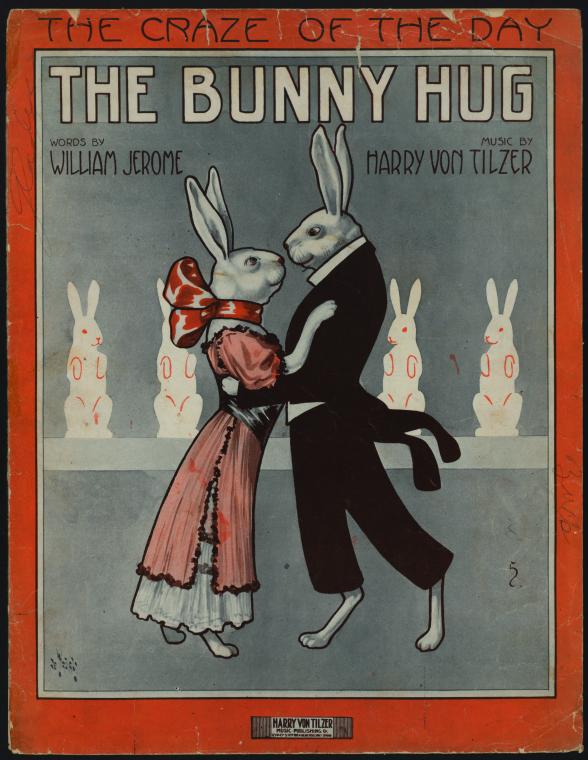
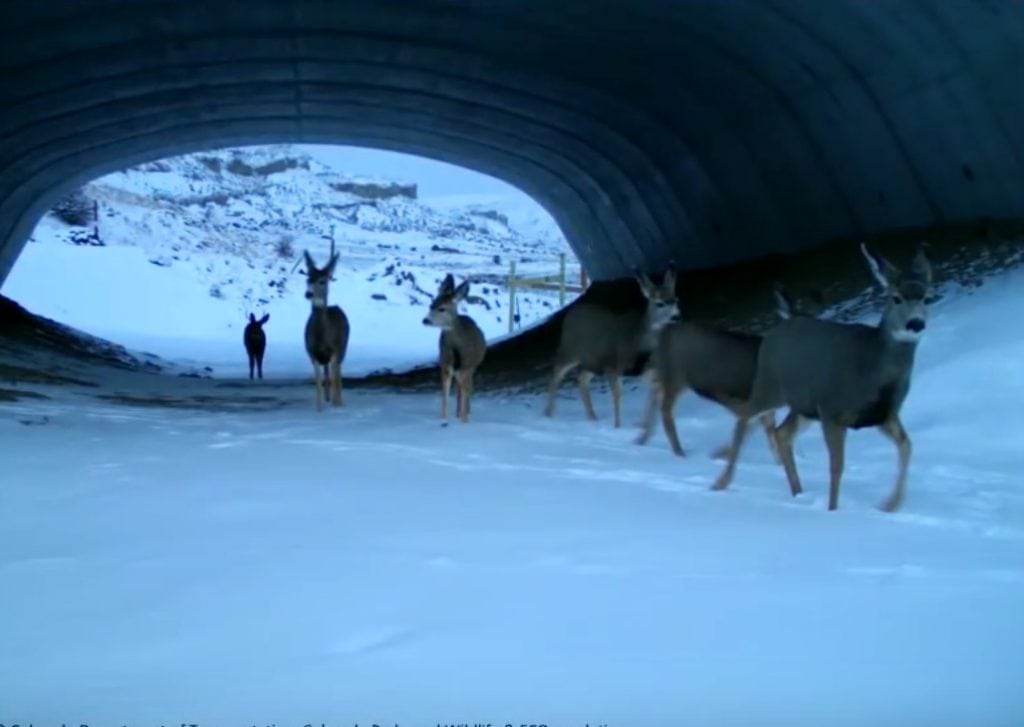
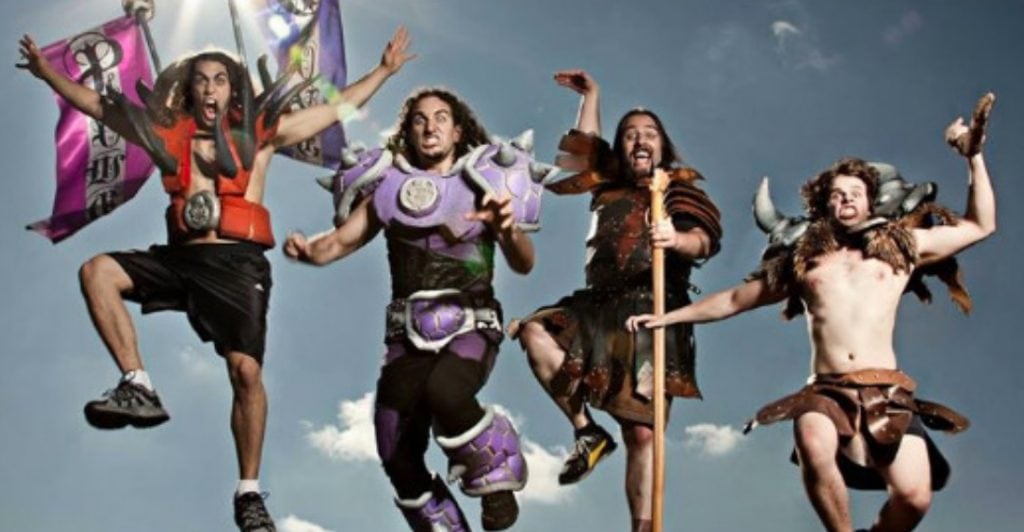
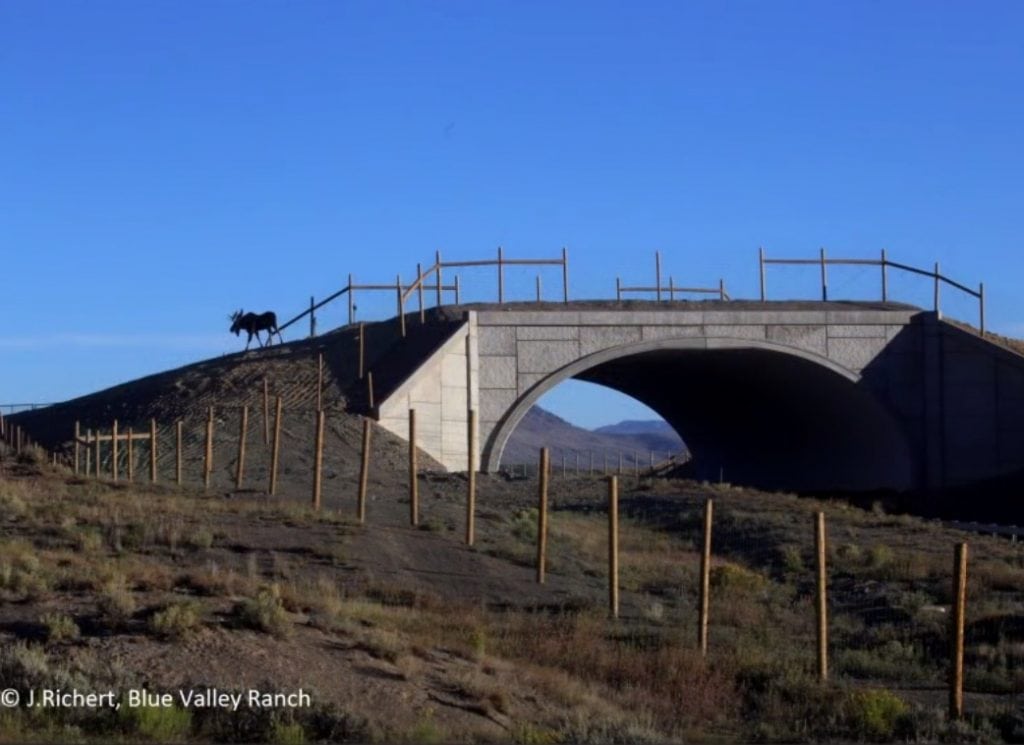
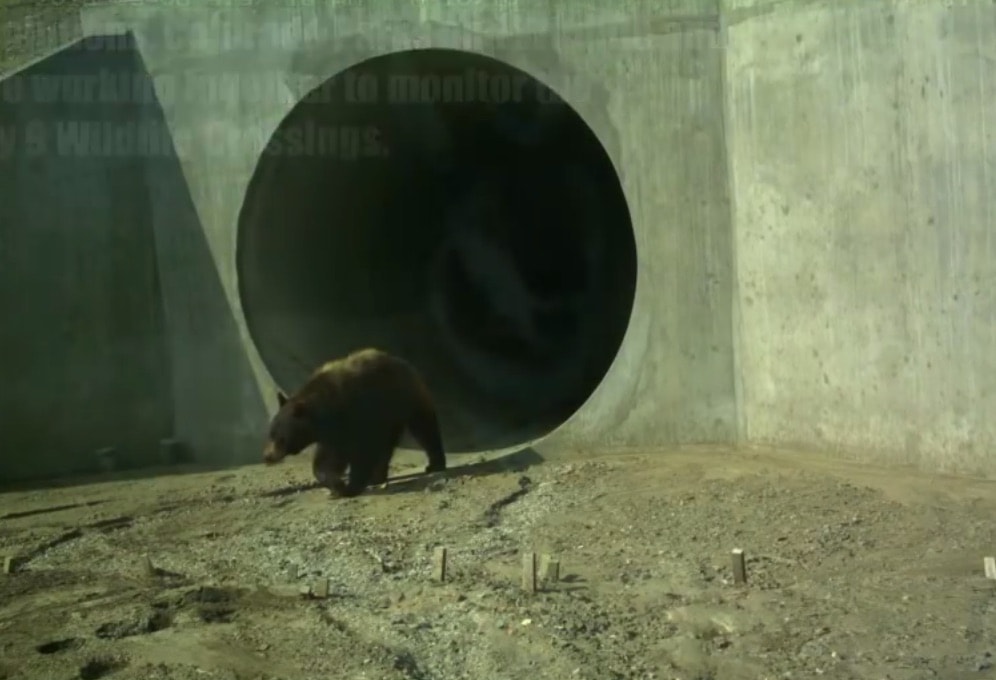

Snarly (c’est moi) was driving with her fam from the Denver airport to Steamboat Springs in the middle of the night — our flight was woefully delayed. It was very dark. Out of nowhere, an ELK! Brakes were slammed. It was too late. Wham. Airbags. Screeching metal. Dead elk. Shattered windshield. Crunched car. No one around, and no cell service. We waited, with crying children and dead elk, by the side of the road. After 15 minutes or so, one car passed. Fifteen minutes later, another car stopped. It was driven by the wife of a pilot, headed to the airport to get her husband. She took us to the nearest Cum N Go, where there was cell service. A trucker on a long haul overheard us calling AAA, and offered us a ride. He drove us back to the car to get our suitcases, and when I said the elk was huge, he said gently, actually, that’s a baby. (There was a second elk right in front of it that we did not hit.) The kids started wailing again. He drove us to our hotel and told us about his girlfriend, who he wanted to propose to when he had more money. We listened to country music. The kids slept on the trucker’s blankets in the back. When we arrived, he didn’t want any money — he thanked us for the conversation. (My husband insisted on giving him money anyway.) This is not relevant to Sumac’s wonderful story, but I like that it is a story of human connection. The second car that passed us stopped and a woman helped us. The first person who overheard our story stepped up and helped us. We want to live in the kind of civilization in which people are kind, and apologies are part of the social glue that help us create and maintain that world.
Such a project is underway [sic] in the Santa Cruz Mountains and still needs help: https://www.landtrustsantacruz.org/hwy-17-wildlife-crossing-campaign/
That’s a great project!
Just leaving this here… https://www.youtube.com/watch?v=wVN4PRLrpsA
There was interesting convo about the rabbit’s behavior but I’m most impressed by the humans’ willingness to just be bemused and impressed.
Love the first graphic, btw—a reminder that even the canonical foxtrot was initially part of a wave of dances with silly animal names.
That rabbit would never use a wildlife crossing, I fear. Too proud.
Plus BEASTIES